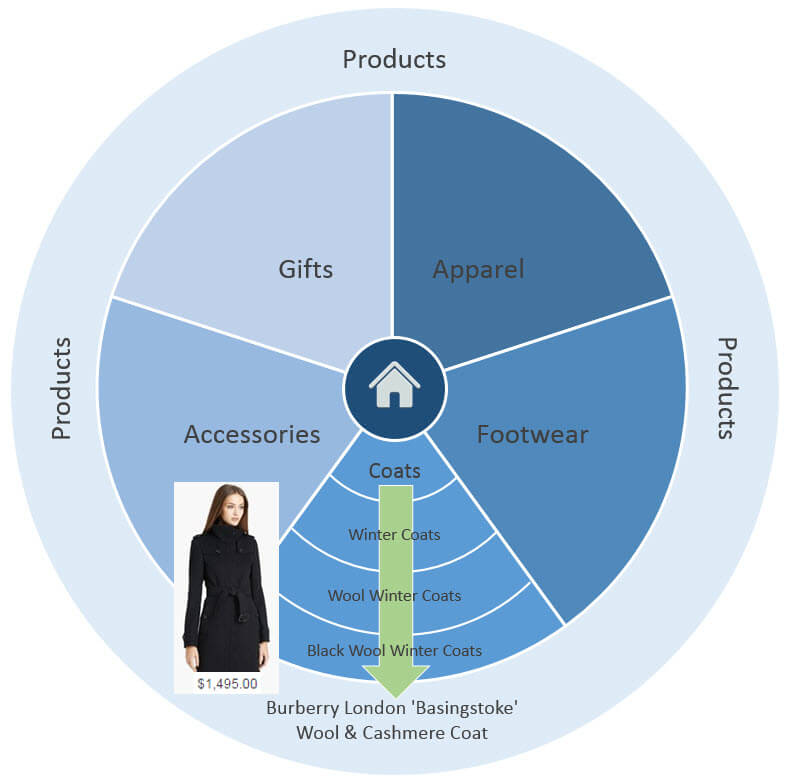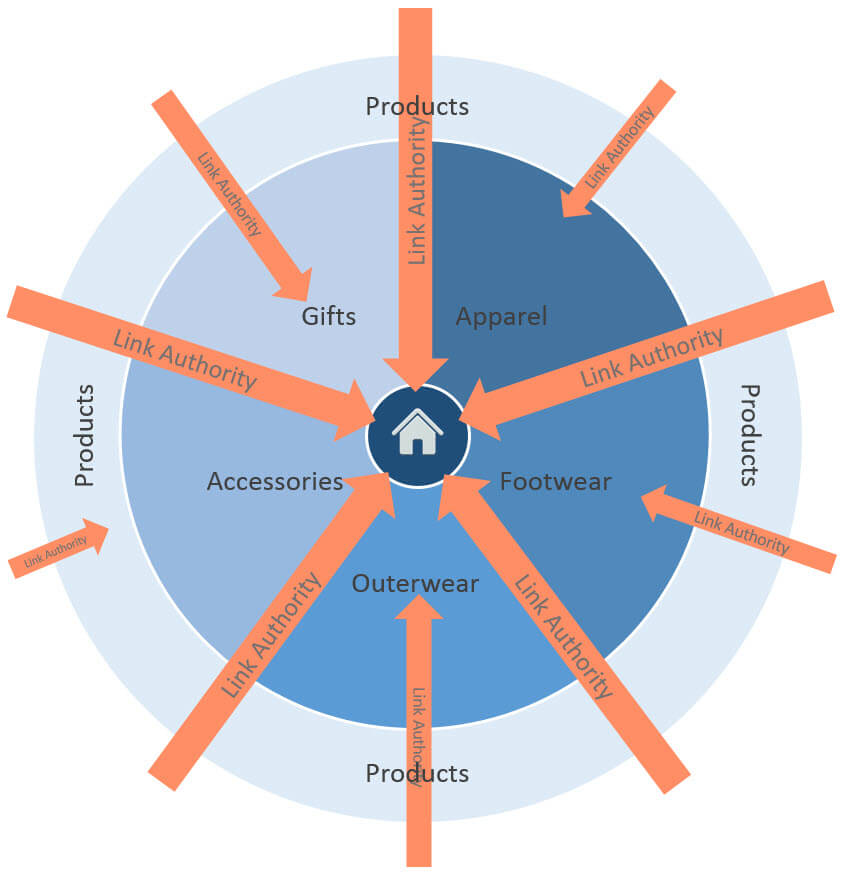Larry Page and Sergey Brin revolutionized the web and the ability to drive ecommerce with a citation-based algorithm called PageRank. Based on the concept of scientific citations as a method for determining the authority of a piece of research, PageRank would become the unique advantage that set Google apart from other search engines of the late 1990s and beyond.
Marketers like to talk about PageRank and search engine optimization without really understanding its importance beyond having something to do with more links. Quantity of links is only part of the story.
The Birth of the PageRank Algorithm
In their 1998 Ph.D. candidate research paper introducing Google, “The Anatomy of a Large-Scale Hypertextual Web Search Engine,” Page and Brin explained PageRank.
Academic citation literature has been applied to the web, largely by counting citations or backlinks to a given page. This gives some approximation of a page’s importance or quality. PageRank extends this idea by not counting links from all pages equally, and by normalizing by the number of links on a page.
Further, Page and Brin defined the PageRank calculation as follows.

The PageRank formula outlined by Page and Brin.
In layman’s terms, PageRank today uses the number of links pointing to a web page to determine the value of that web page. If 50 pages link to Web Page A, Web Page A is likely to be more valuable or authoritative as a source than Web Page B, which is linked to by only five pages.
However, PageRank also iterates this process to assess the quality and authority of the pages that are linking to each page. As a result, if the five pages linking to Web Page B are themselves higher authority pages than the 50 pages linking to Web Page A, it’s entirely possible for Web Page B to rank higher than Web Page A.
This concept of content quality and authority carries through to today’s Google algorithms. When paired with algorithms that match the contextual relevance of web pages to the search query, the combination of relevance and authority is intended to produce better search results.
In layman’s terms, PageRank today uses the number of links pointing to a web page to determine the value of that web page.
Google has over 200 algorithms in place, and makes an average of about two changes to those algorithms a day. Though it continues to play a role in search results, PageRank is only one of those algorithms.
These days it’s more accurate and more applicable across search engines to work with the concept of link authority. Unless you’re a software engineer at one of the search engines, the description of link authority is pretty much the same as the original concept of PageRank.
Link Authority and Ecommerce Sites
Ecommerce sites follow a natural hierarchy of departments, categories, subcategories, and products. That hierarchy is usually displayed in an organization-chart fashion, with boxes cascading down the page and vertical lines connecting them to indicate linking and levels.
To demonstrate the way that links and their authority impact a site, I’ve used, below, a radial diagram, with the home page in the middle and the lowest level product pages on the outer ring.
In this example, an apparel ecommerce site would have five categories, each represented by a wedge of the circle. As a customer clicks through the site to purchase a wool coat, she starts at the home page in the middle and clicks progressively outward through category and subcategory pages until she chooses a product represented in the outer ring.

A sample click path from home page to product for an apparel site.
Each page on your site has some amount of link authority, ranging from almost nothing on a very obscure product page to highest amount typically found on your home page. The diagram below shows links coming in from other sites, mostly to the home page but also to various other individual pages.

Incoming links increase authority for individual pages on a site.
As discussed earlier with PageRank, the amount of link authority that each individual page on the site would collect varies based on the number of pages linking to it, and the authority that each of those linking pages has.
The home page usually has the most pages linking to it because it’s the most representative page for the entire site. If you have a fantastic content marketing plan that provides useful and sharable tools or guides, though, those pages can accumulate more link authority than the home page.
If you have a fantastic content marketing plan that provides useful and sharable tools or guides, though, those pages can accumulate more link authority than the home page.
Each individual web page retains its own amount of link authority and a unique contextual relevance, and thus its own unique ability to rank for its own keywords and phrases. That authority and relevance is not interchangeable between different pages. For example, the authority and relevance accumulated by the subcategory page for wool coats does not enable an individual product page to rank equally well for the same keywords.
The links received by every page on a domain do end up boosting what’s known as domain authority. So while high authority on one page doesn’t mean equally high authority on another page, all of the link authority for every page on the site does collect in one big domain-wide pool of authority.
The diagram below illustrates the sharing of link authority for a site on a single domain, with pages from every level of the site contributing to the domain authority of the whole. That domain authority is then shared with every page on the site, in essence raising the ability of all pages to rank.

Web pages on a single domain share domain authority.
Thus, while high authority on one page doesn’t mean equally high authority on another page, high authority on one page does increase the site’s domain authority as a whole.
In addition to domain authority, links between individual pages also share link authority. Internal links from navigation, one-off links and cross-site linking features work to flow link authority between pages of a site. However, every page linked to keeps a share of the link authority for itself.
For example, the diagram below shows many different orange circles and arrows representing the flow of link authority. As the authority spreads farther from the center it fades to a lighter orange, indicating a lesser amount of link authority.

Internal links flow link authority throughout the site.
After the home page, the primary department pages collect the most link authority because they’re typically linked to directly from the home page.
From there, the department pages link to category pages. The department pages keep some authority for themselves and pass a lesser share on to the category pages. The category pages do the same, passing an even smaller amount of authority on to the subcategory pages, and so on, until the product pages are left with whatever is left over.
Modern navigational structures like meganavigation, which uses rollovers to link to larger number of category or subcategory pages without cluttering the initial visual impression of the page, flow link authority more evenly deeper into the site.
And it’s certainly possible to flow larger amounts of link authority to a critical product page by linking to it prominently on the home page or other major pages. But in general, the scenario described here where department pages have much authority and product pages have little holds true.
The bottom line is that these concepts of link authority play a large role in determining whether the rankings for specific pages that you want to rank well for keywords and phrases that are important to your business. Understanding how link authority, and its predecessor PageRank, works throughout a site will help you prioritize your SEO efforts.




